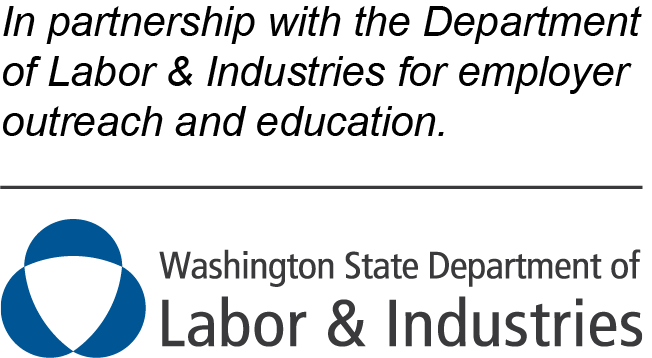
Washington employers must pay most employees at least the state minimum wage for every hour worked.
Each year, L&I makes a cost-of-living adjustment to the Washington state minimum wage based on the federal Consumer Price Index for Urban Wage Earners and Clerical Workers (CPI-W). The new minimum wage is announced on Sept. 30 and takes effect Jan. 1.
Under certain circumstances, employers can apply for permission to pay employees less than the state minimum wage. L&I may issue a certificate allowing a subminimum wage if an employer meets the specific requirements.
Employers may not pay a subminimum wage unless it has been approved by L&I.
- Certificated on-the-job learners (no less than 85% of minimum wage)
- Certificated student workers and student learners (no less than 75% of minimum wage)
- Certificated workers with disabilities (Beginning July 31, 2023, L&I will no longer issue subminimum wage certificates for workers with a disability.)
- Certain apprentices
Note: If an employer wishes to pay workers less than the federal minimum wage, they must also apply for permission through the U.S. Department of Labor in addition to L&I. Businesses may not use tips or an employee’s portion of a service charge as part of an employee’s hourly minimum wage.
The cities of Seattle and SeaTac, have local minimum wage rates and different labor rules than Washington state. Tukwila has a minimum wage ordinance that goes into effect July 1, 2023. Employers must pay the local minimum wage if it applies to their business and follow local labor rules if they are more generous than state requirements.
Check with your municipality to confirm your local responsibilities.
Additional Resources
Washington Hospitality Association
Labor & Industries














![[Class, May 20] ServSafe Manager, Kent](https://wahospitality.org/wp-content/uploads/2018/07/CALEND1-150x150.png)








